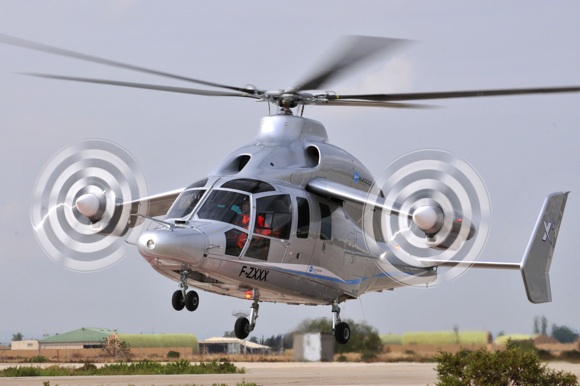

#3 F-4 Phantom


#1 Su-30

 The Avro Canada CF-105 Arrow is a delta winged interceptor aircraft that was shot down at it development stages. The Arrow held high promises as it was expected to reach Mach 2 at 50 000 ft., an advanced technical and aeronautical achievement for the Canadian aviation industry at the time.
The Avro Canada CF-105 Arrow is a delta winged interceptor aircraft that was shot down at it development stages. The Arrow held high promises as it was expected to reach Mach 2 at 50 000 ft., an advanced technical and aeronautical achievement for the Canadian aviation industry at the time. 





General characteristics
Performance
Armament
Avionics
 An improvement on the MQ-1 Predator drone, the MQ-9 Reaper is a UAV that became operational in 2007. Used primarily by the USAF and the CIA, the Reaper has become a very useful and respected battlefield weapon.
An improvement on the MQ-1 Predator drone, the MQ-9 Reaper is a UAV that became operational in 2007. Used primarily by the USAF and the CIA, the Reaper has become a very useful and respected battlefield weapon. 

 Its been 7 years since the Concorde was retired. Now, the Aerion Supersonic Business Jet (SBJ) promises to bring supersonic air travel back into reality. Right now, it is undergoing proof-of-concept aerodynamic testing in NASA wind tunnels and under the belly of a NASA F-15 (TechNewsDaily).
Its been 7 years since the Concorde was retired. Now, the Aerion Supersonic Business Jet (SBJ) promises to bring supersonic air travel back into reality. Right now, it is undergoing proof-of-concept aerodynamic testing in NASA wind tunnels and under the belly of a NASA F-15 (TechNewsDaily).




| | ||
| Yes (Mach 1.8) | No | |
| V/STOL (takeoff vertically) | No | Yes (One version) |
| Stealth | Better | Not as good |
| Top Speed | Mach 2.25 | Mach 1.6 |
| Service ceiling | 65 000 ft. | 60 000 ft. |
| Engines | Double | Single |
| Size | Large | Small |
| Maneuverability | Better | Not as good |
| Operate on Carriers? | No | Yes |
| Cost | US $150 million | US $96 million |
| Maintenance | More | Less |
| Payload | Larger | Smaller |
| Vectored thrusting | Yes (more maneuverable) | No |
| Avionics (equipment like radar) | Better | Not as good |




| Model | 787-3 | 787-8 | 787-9 |
|---|---|---|---|
| Flight crew | Two | ||
| Passengers | 290–330 | 210–250 | 250–290 |
| Length | 186 ft (57 m) | 206 ft (63 m) | |
| Wingspan | 170 ft (52 m) | 197 ft (60 m) | 208 ft (63 m) |
| Wing sweepback | 32.2° | ||
| Height | 55 ft 6 in (16.92 m) | ||
| Fuselage height | 19 ft 5 in (5.91 m) | ||
| Fuselage width | 18 ft 11 in (5.75 m) | ||
| Cabin width | 18 ft (5.49 m) | ||
| Cargo capacity | 4,400 ft³ (124.6 m³) 28 LD3 | 5,400 ft³ (152.9 m³) 36 LD3 | |
| Empty weight | 223,000 lb (101,151.1 kg) | 242,000 lb (109,769.4 kg) | 254,000 lb (115,212.5 kg) |
| Maximum takeoff weight | 364,000 lb (165,107.6 kg) | 484,000 lb (219,538.7 kg) | 540,000 lb (244,939.9 kg) |
| Cruise speed | Mach 0.85 (903 km/h, 561 mph, 487 knots, at 40,000 ft/12.19 km) | ||
| Maximum cruise speed | Mach 0.89 (945 km/h, 587 mph, 510 knots, at 40,000 ft/12.19 km) | ||
| Range, fully loaded (not max payload) | 2,500 – 3,050 NM (4,650 – 5,650 km) | 7,650 – 8,200 NM (14,200 – 15,200 km) | 8,000 – 8,500 NM (14,800 – 15,750 km) |
| Maximum fuel capacity | 33,528 US gal (126,917 L) | 36,693 US gal (138,898 L) | |
| Service ceiling | 43,000 ft (13.1 km) | ||
| Engines (2×) | General Electric GEnx or Rolls-Royce Trent 1000 | ||
| Maximum thrust capability | 53,000 lbf (235.8 kN) | 64,000 lbf (284.7 kN) | 70,000 lbf (311.4 kN) |